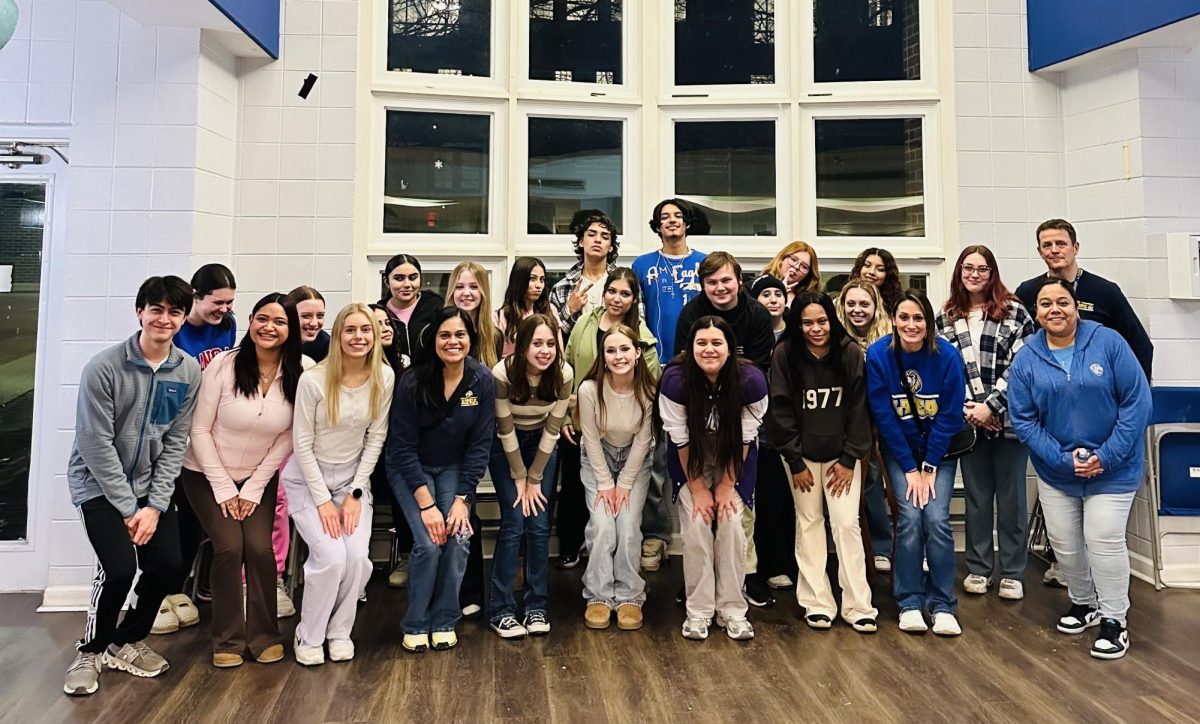In the face of a growing opioid epidemic, schools find themselves on the frontlines of an invisible battle. As the world grapples with the infiltration of lethal drugs into our neighborhoods, the need to take proactive measures to combat overdose emergencies has never been more apparent. Schools should strive to create safe environments for students.
The implementation of Naloxone—a medication commonly known as Narcan and Eviso, which rapidly reverses the effects of an opioid overdose—should be the next crucial step our school takes in safeguarding young lives.
Narcan has quick and straightforward directions to ensure safety and efficiency for both the receiver and the administer: gently insert the nozzle in the nostril, press both nostrils closed, and push the plunger firmly to give the dose. LTHS health courses go over the administration process and the effects in further detail, showing that the school shows some awareness. However, what is the use of these slideshow photos without the instruments required in the building ready to help?
Since the late 1970s, Automated External Defibrillators (AEDs) have become publicly available throughout all types of facilities around the nation. These portable defibrillators are for preventative measures in case resuscitation needs to be a part of the first-aid process. At LT, there are many scattered around in case of emergencies, mounted in a red box on the wall with directions and other supplies included. Having this tool accessible with directions has added another safety measure to our school. Putting Narcan within those safety precautions would just add another layer of not only preventative measures, but also awareness on the opioid epidemic at hand.
While AEDs have become a standard fixture in schools, Narcan’s potential presence is often overlooked. The opioid epidemic has reached alarming proportions, affecting communities across the globe. According to the Center for Disease Control and Prevention (CDC), over 109,000 deaths have been attributed to the use of opioids in 2023 alone. This number has significantly grown over time to get to this level, and it raises alarming concerns across the nation. The more things that our community does to fight these bigger fights, the more steps we can take to end premature deaths related to drug use.
Incorporating these preventative measures into schools aligns with the broader public health approach to addressing the opioid crisis. It sends a clear message that our school is committed to the well-being of the community, prioritizing the safety and health of students and staff alike. By normalizing the presence of Narcan along with AEDs, schools including LT can contribute to reducing the stigma surrounding opioid-related issues and encourage open conversations about prevention and harm reduction.
To learn more about opioid use, or seek help for you or a loved one, visit https://nida.nih.gov/research-topics/opioids or call 1-800-662-4357.



















![Movie poster for '[Rec]" (2007).](https://www.lionnewspaper.com/wp-content/uploads/2023/04/rec-640x900.jpg)



